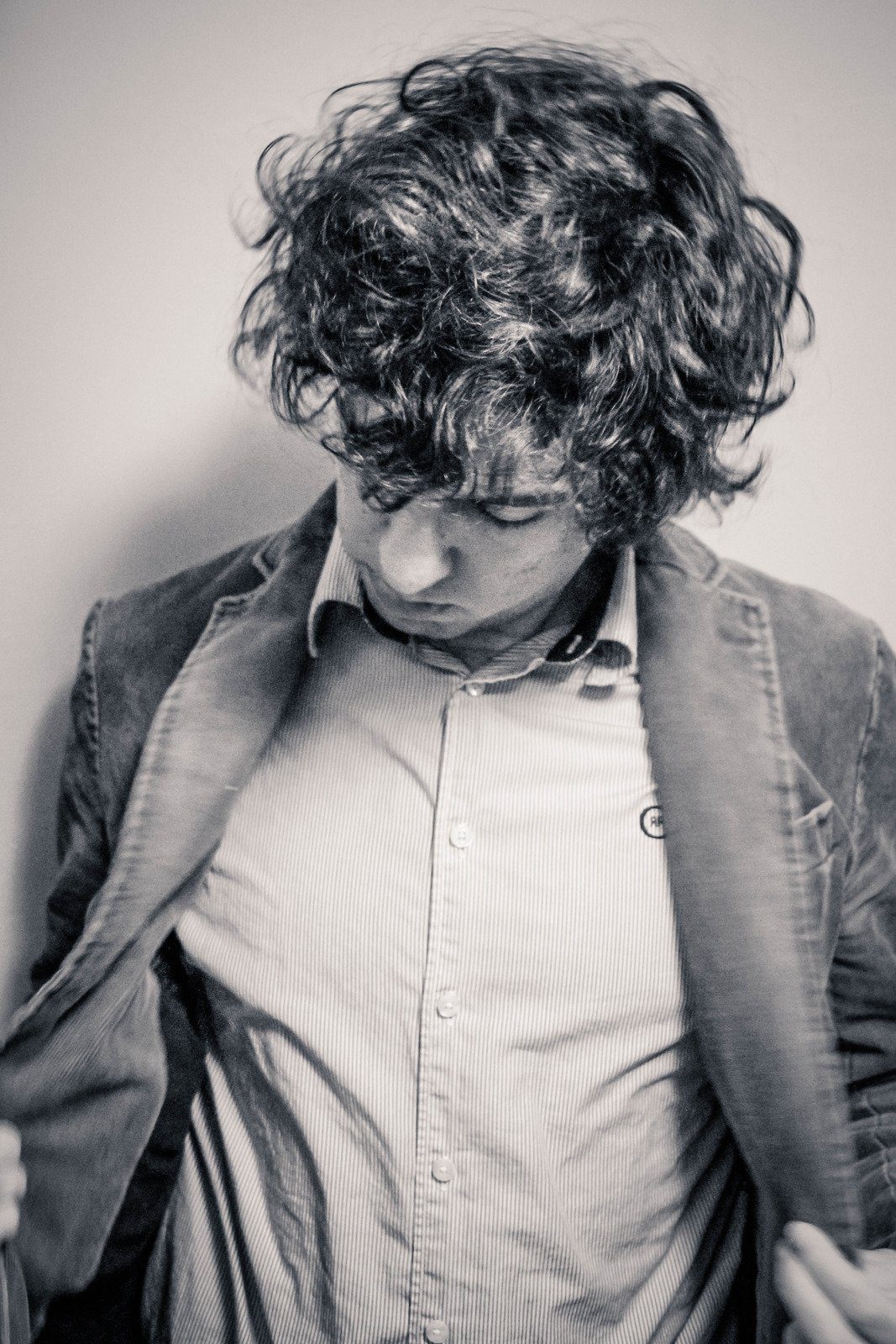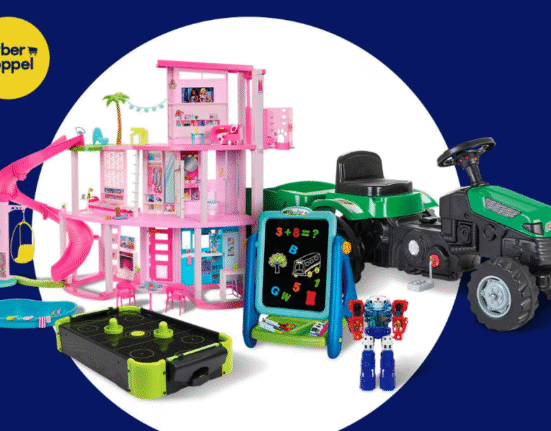Fashion has always been an expression of one’s personality and individuality. For years, men have played a significant role in the fashion industry, from the early days when they would wear suits every day to now where streetwear is dominating runways worldwide. The evolution of men’s fashion styles has been fascinating, with each era leaving its unique mark on this ever-changing industry. In this blog post, we will explore how men’s fashion has evolved over time – from its humble beginnings to what we know it as today. So sit back, relax and join us on a journey through time – from street style to runway: the evolution of men’s fashion.
The Beginning of Men’s Fashion
The history of men’s fashion can be traced back to ancient times. The first recorded evidence dates back to the Egyptians, who wore linen kilts and sandals. In Greece, men would wear a chiton – a simple tunic draped over one or both shoulders.
In medieval Europe, clothing was used to show social status, with nobles wearing expensive fabrics such as velvet and silk while peasants had to make do with wool or linen.
During the Renaissance period, fashion became more ornate, with colors and patterns being introduced into clothing. It wasn’t until the 17th century that tailoring became popular among men.
By the late 19th century, suits had become standard attire for business and formal occasions. And in the early 20th century, it was common for men to wear hats as part of their daily outfits.
Throughout history, men’s fashion has been influenced by various factors such as culture, religion and politics. From ancient Egypt to modern-day streetwear trends; each era has left its unique mark on this ever-changing industry.
The Evolution of Men’s Fashion Styles
Over the years, men’s fashion has undergone a significant evolution. Styles that were once considered fashionable have been replaced with new ones over time. In the past, men’s clothing was very formal and conservative, but today it is much more diverse and expressive.
In the early 1900s, menswear was all about suits and ties. The silhouette of the suit changed throughout the decades to reflect current trends in popular culture. However, it wasn’t until the 1950s when casual wear began to emerge as an acceptable form of dress for men.
By the 1970s, bell-bottom pants and wide collars became synonymous with disco culture while punk rockers opted for leather jackets and ripped jeans. The ’80s saw oversized everything – from shoulder pads to baggy trousers – becoming fashionable.
The rise of hip-hop culture in the ’90s brought baggy clothes such as cargo pants, hoodies, oversized T-shirts to prominence. This trend continued into early 2000 with low-rise jeans becoming popular among young people.
Today we see a mix of old-school style blended with modern streetwear aesthetics like skinny jeans paired with vintage sneakers or athletic wear mixed with designer labels- creating a whole new class of fashion that is uniquely masculine yet bold enough to stand out on its own terms
The Rise of streetwear
Streetwear is a fashion style that was created in the 1980s and has recently experienced an enormous boom. Streetwear clothing originally came from skaters, surfers, and hip-hop culture. The streetwear trend for men started with the idea of wearing comfortable clothes and expressing yourself through your outfit.
The rise of streetwear can be attributed to social media platforms like Instagram, which allowed these brands to gain exposure quickly. These brands often collaborate with artists or other companies to create unique designs that appeal to their audience.
Some popular streetwear brands include Supreme, Off-White, BAPE and NikeLab among others. They have become so popular that people queue up outside stores for hours just to get their hands on new releases.
Streetwear has also influenced high-end fashion designers who have incorporated elements of street style into their collections. This blurring line between high-end designer wear and affordable streetwear shows how much influence this trend has had on the industry as a whole.
Streetwear has changed how we approach fashion entirely by making it more casual but no less stylish than traditional formal wear. It allows men to express themselves through what they choose to wear while sticking true to comfortability at all times
The Fall of formalwear
In recent years, there has been a noticeable shift in men’s fashion away from the traditional formalwear. The classic suit and tie combination is no longer the go-to choice for many men when attending events or going to work.
One reason for this shift is that formalwear can be uncomfortable and restrictive. Suits can feel constricting, especially during warmer months, while ties can feel suffocating. Many men are looking for more comfortable options that still look polished and put together.
Another factor contributing to the decline of formalwear is the rise of casual dress codes in many workplaces. Companies are embracing a more relaxed atmosphere, which allows employees to express themselves through their clothing choices.
There has been an increase in acceptance of non-traditional styles in mainstream fashion. Men are now able to experiment with different colors, patterns, and fabrics outside of what was once considered “appropriate” for formal occasions.
While formalwear will always have a place in certain settings like weddings or black-tie events, it’s clear that men’s fashion is moving towards more comfortable and casual styles as society becomes increasingly accepting of individual expression through clothing choices.
Conclusion
Men’s fashion has come a long way from its humble beginnings to the modern streetwear craze we see today. While formal wear will always have its place in certain occasions and industries, it seems that casual clothing is becoming the norm for many men around the world.
The rise of social media and digital influencers has also played a role in this shift towards more relaxed styles as people are increasingly looking to emulate their favorite personalities.
Despite these changes, one thing remains constant: fashion is an ever-evolving industry that continues to surprise us with new trends and styles every year. As such, it will be interesting to see what direction menswear takes next and how designers continue to push boundaries while still staying true to their roots.
Whether you’re into classic suiting or prefer something more laid back, there’s no denying that the evolution of men’s fashion has provided plenty of options for everyone. So embrace your personal style and let your clothes reflect who you are – after all, isn’t that what fashion is all about?








